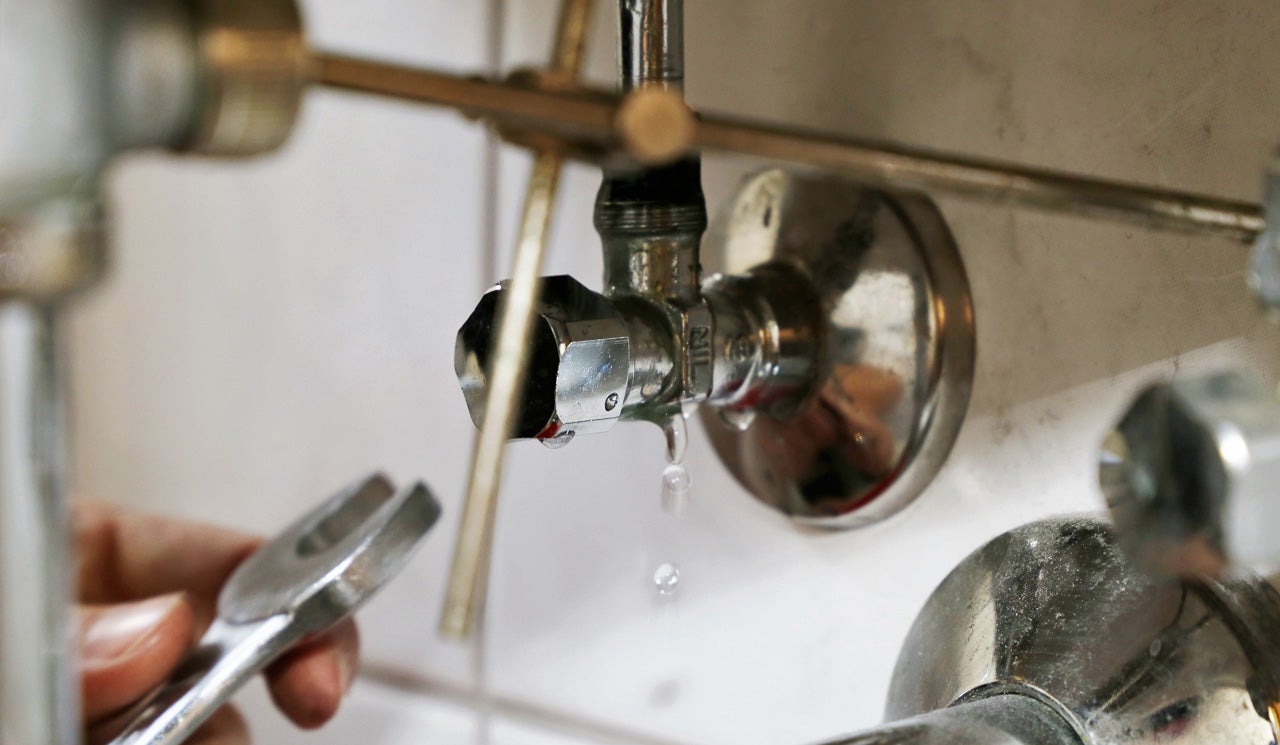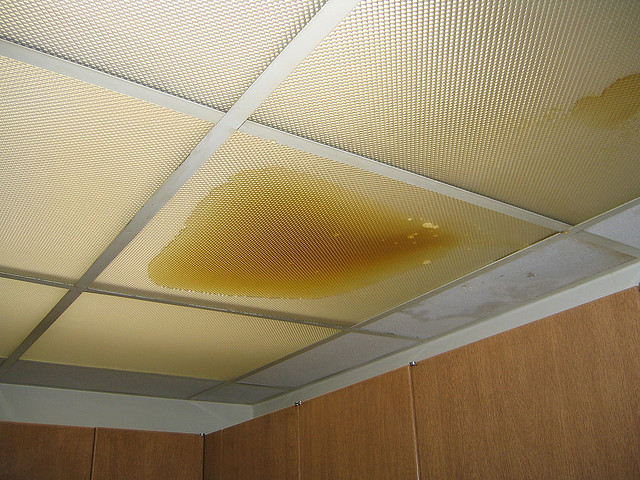Have you been searching for related information around Finding hidden leaks?

Early discovery of dripping water lines can alleviate a potential calamity. Some little water leaks may not be noticeable.
1. Examine the Water Meter
Every residence has a water meter. Inspecting it is a surefire way that helps you discover leakages. For starters, turn off all the water sources. Guarantee no one will certainly flush, use the faucet, shower, run the washing maker or dishwashing machine. From there, go to the meter as well as watch if it will transform. Considering that nobody is utilizing it, there need to be no motions. That indicates a fast-moving leak if it relocates. Also, if you spot no changes, wait an hour or two as well as examine back once again. This indicates you might have a slow-moving leakage that might even be underground.
2. Inspect Water Consumption
Analyze your water expenses and track your water intake. As the one paying it, you must notice if there are any kind of discrepancies. If you spot sudden changes, despite your consumption being the same, it suggests that you have leaks in your plumbing system. Remember, your water expense ought to drop under the very same array monthly. An unexpected spike in your expense shows a fast-moving leak.
A stable increase every month, even with the exact same practices, reveals you have a slow leakage that's also gradually escalating. Call a plumber to extensively inspect your property, especially if you really feel a warm area on your floor with piping below.
3. Do a Food Coloring Examination
30% comes from toilets when it comes to water consumption. Test to see if they are running correctly. Decline specks of food shade in the tank as well as wait 10 minutes. If the color somehow infiltrates your bowl throughout that time without flushing, there's a leak in between the container and also bowl.
4. Asses Exterior Lines
Do not neglect to examine your outdoor water lines as well. Must water seep out of the connection, you have a loose rubber gasket. One tiny leakage can squander heaps of water as well as increase your water bill.
5. Examine as well as Examine the Scenario
Homeowners need to make it a routine to check under the sink counters as well as even inside closets for any bad odor or mold development. These two red flags show a leak so prompt interest is required. Doing routine evaluations, also bi-annually, can conserve you from a significant issue.
If you understand your house is already old, keep a watchful eye on your heaters, hose pipes, pipes and so on. Look for discolorations and weakening as most devices and also pipes have a life expectancy. They will certainly likewise normally deteriorate as a result of tear and put on. Do not wait for it to intensify if you presume leaking water lines in your plumbing system. Call an expert plumber today so you do not wind up with a dreadful mess in your house.
Early discovery of leaking water lines can mitigate a potential disaster. Some little water leakages might not be visible. Inspecting it is a surefire way that helps you discover leakages. One small leak can squander loads of water and spike your water bill.
If you presume dripping water lines in your plumbing system, don't wait for it to intensify.
WARNING SIGNS OF WATER LEAKAGE BEHIND THE WALL
PERSISTENT MUSTY ODORS
As water slowly drips from a leaky pipe inside the wall, flooring and sheetrock stay damp and develop an odor similar to wet cardboard. It generates a musty smell that can help you find hidden leaks.
MOLD IN UNUSUAL AREAS
Mold usually grows in wet areas like kitchens, baths and laundry rooms. If you spot the stuff on walls or baseboards in other rooms of the house, it’s a good indicator of undetected water leaks.
STAINS THAT GROW
When mold thrives around a leaky pipe, it sometimes takes hold on the inside surface of the affected wall. A growing stain on otherwise clean sheetrock is often your sign of a hidden plumbing problem.
PEELING OR BUBBLING WALLPAPER / PAINT
This clue is easy to miss in rooms that don’t get much use. When you see wallpaper separating along seams or paint bubbling or flaking off the wall, blame sheetrock that stays wet because of an undetected leak.
BUCKLED CEILINGS AND STAINED FLOORS
If ceilings or floors in bathrooms, kitchens or laundry areas develop structural problems, don’t rule out constant damp inside the walls. Wet sheetrock can affect adjacent framing, flooring and ceilings.
https://www.servicemasterbyzaba.com/blog/how-to-detect-water-leakage-in-walls/

I'm just very curious about Locating water leaks and I hope you enjoyed reading our post. Sharing is nice. Helping others is fun. We enjoy reading our article about Locating water leaks.